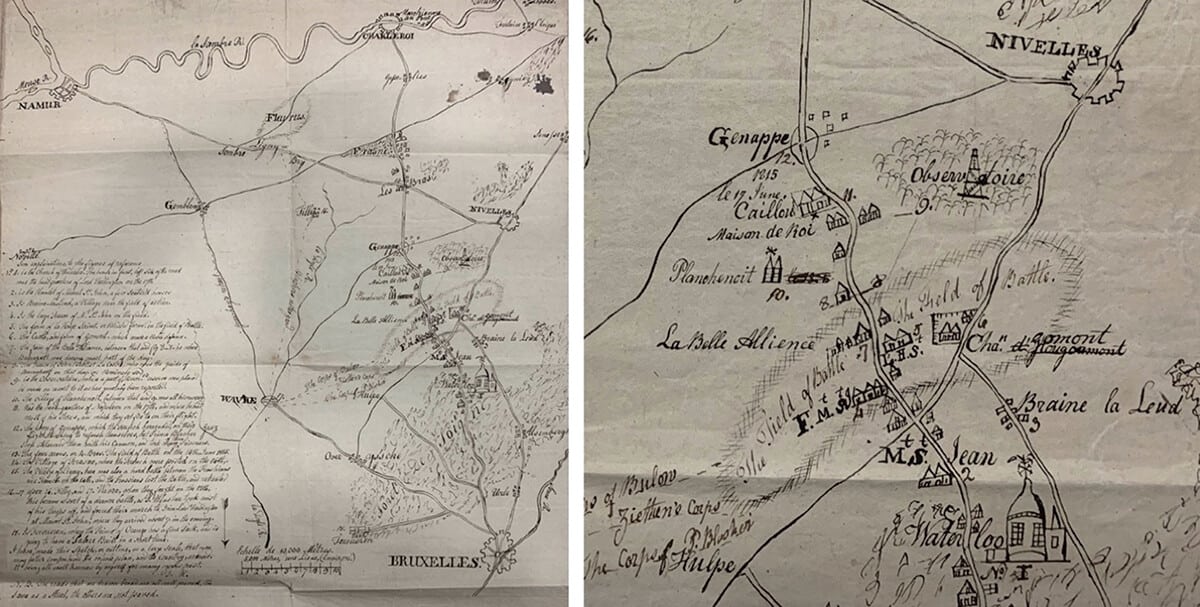INDEPENDENT
Archaeologists have reconstructed the face and lifestyle of an “elite” 16-year-old Anglo-Saxon woman buried in the UK in the 7th century with a gold and garnet cross.
The teen’s image, reconstructed following analysis of her skull buried near Cambridge, is going on public display for the first time on 21 June.
New evidence by Cambridge archaeologists suggests she moved to England from Central Europe as a young girl, which likely led to a change in her diet.
The teen’s burial was discovered in 2012 by the Cambridge Archaeological Unit at Trumpington Meadows on Cambridge’s southern limit.
Archaeologists also found an incredibly rare gold and garnet cross in her burial, which they said would be unveiled in a major new exhibition at Cambridge’s Museum of Archaeology and Anthropology that will run from 21 June to 14 April 2024.
The teen’s image was created by forensic artist Hew Morrison using measurements of the woman’s skull and tissue depth data for Caucasian females.
While her precise eye and hair color could not be inferred without DNA analysis, researchers believe the image offers a “strong indication” of her appearance shortly before she died.
“It was interesting to see her face developing. Her left eye was slightly lower, about half a centimeter, than her right eye. This would have been quite noticeable in life,” Mr Morrison said.
Analysis of the young woman’s bones and teeth revealed she moved to England from a place near the Alps – likely to be southern Germany – sometime after she turned seven years old.
Once the girl had arrived in England, the proportion of protein in her diet decreased by a small but significant amount – a change that occurred close to the end of her life – according to scientists.
“The fact that her diet changed once she arrived in England suggests that her lifestyle may have changed quite significantly,” archaeologist Sam Leggett said.
“She was quite a young girl when she moved, likely from part of southern Germany, close to the Alps, to a very flat part of England. She was probably quite unwell and she traveled a long way to somewhere completely unfamiliar – even the food was different. It must have been scary,” Dr Leggett said.
The teen’s cross, combining gold and garnets, is one of only five of its kind ever found in Britain.



Connect with us on our socials: